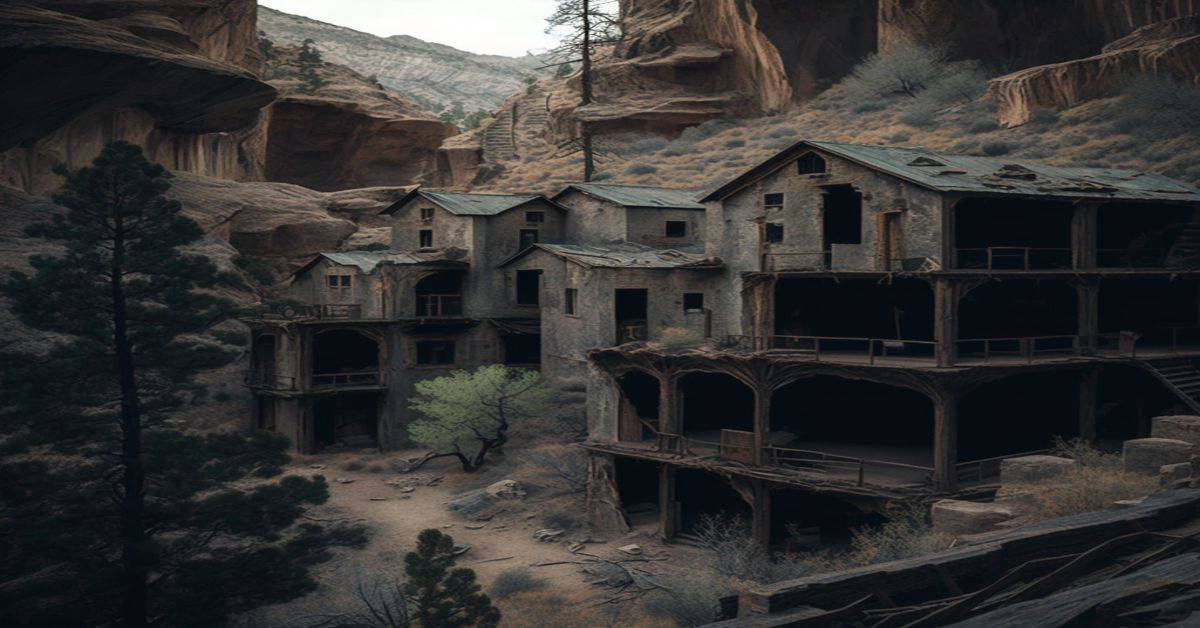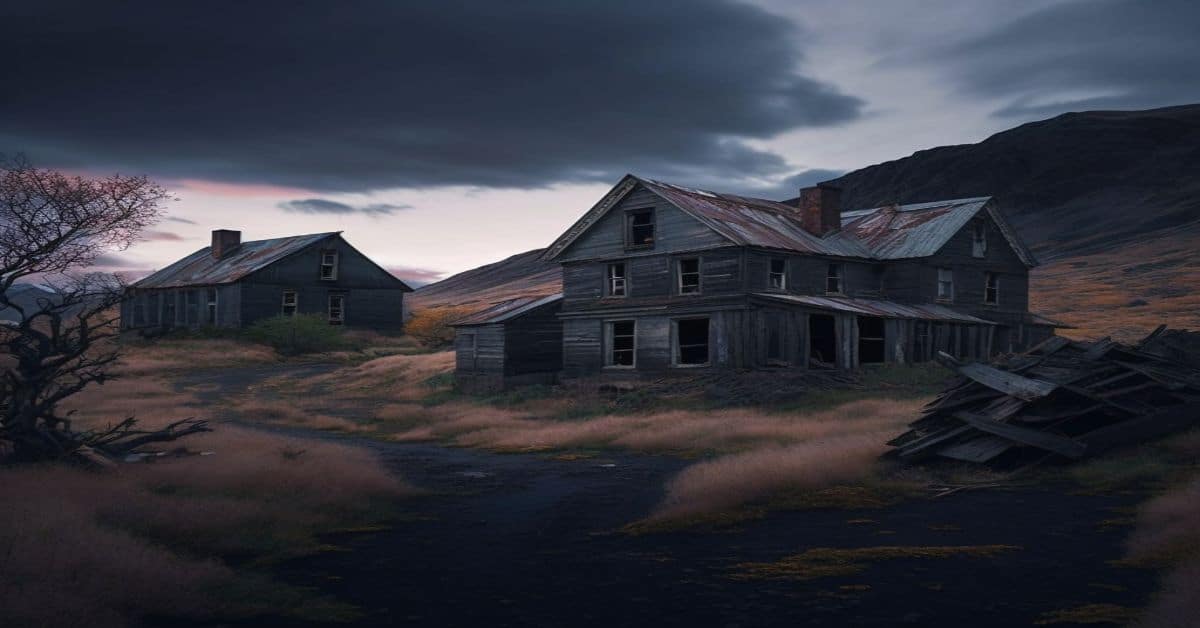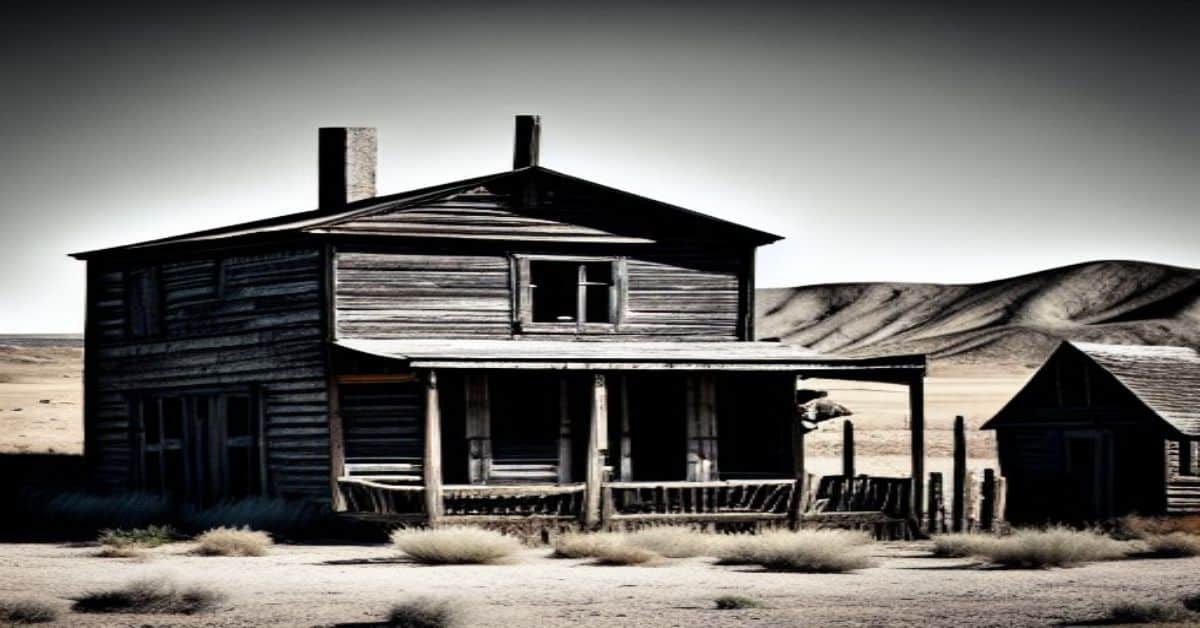Utah’s Lund and Beryl are two of the many ghost towns that dot the American West. These towns offer a glimpse into the past, showcasing the remnants of a once-bustling railroad community that has since declined into obscurity.
Located in the southern part of the state, the towns are now home to only a few current residents, mostly polygamists. Despite their diminutive size, Lund and Beryl offer a unique opportunity to explore abandoned buildings and railroad equipment, providing a window into the past that is both fascinating and educational.
The history of Lund and Beryl dates back to the early 20th century, when the town’s primary industry was the railroad. The towns were once important stops along the railway, providing necessary services and goods for travelers and locals alike. However, with the advent of the interstate highway system, the towns’ importance waned, and they gradually declined into ghost towns.
Today, Lund and Beryl are largely deserted, with only a few residents who have chosen to remain in the area. Despite this, the towns remain a popular destination for those interested in exploring Utah’s lesser-known history, offering a unique opportunity to see the remnants of a once-thriving community.
Key Takeaways
- Lund and Beryl were once important stops along the railway, playing a vital role in transportation of people and goods before the construction of I-15.
- The towns’ decline after the highway’s construction highlights the importance of transportation infrastructure in economic development.
- The abandoned structures and railroad relics scattered throughout Lund and Beryl provide a unique opportunity to experience a piece of Utah’s past and hold a unique charm and intrigue for visitors.
- The towns are largely deserted today, with only a few residents who have chosen to remain in the area, and caution should be exercised when considering any real estate opportunities.
Location and History
Lund and Beryl, situated at the base of the Wah Wah Mountains and located 50 miles west of Cedar City, were once bustling railroad towns that played a vital role in transporting people and goods before the construction of I-15.
The towns significantly impacted the local economy, as they provided essential services to travelers and served as the main stops for freight trains.
However, after the construction of the highway, the towns began to decline economically, and their populations dwindled.
The railroad’s impact on the towns was significant, as it brought people and goods to the area, creating jobs and providing vital services.
The towns’ decline after the construction of the highway is a testament to the importance of transportation infrastructure in economic development.
Today, the towns are ghost towns, and their abandoned buildings and railroad equipment serve as a reminder of the area’s rich history.
Buildings and Landmarks
The abandoned structures and railroad relics scattered throughout Lund and Beryl testify to the towns’ former prosperity.
The Lund Garage, built in 1920 by Ollie Marion Norris, still stands as a prominent landmark in the area. The garage was likely a hub of activity during the towns’ prime, servicing the railroad employees and travelers passing through.
Other abandoned buildings and railroad equipment, such as old locomotives and train cars, dot the landscape and add to the eerie atmosphere of the ghost towns.
Visitors can imagine the bustling activity that must have taken place in the area during its heyday, but now the structures and relics serve as haunting reminders of a time long gone.
Despite their abandonment, these structures and landmarks hold a unique charm and intrigue for those who visit Lund and Beryl.
Current Residents and Miscellaneous
Polygamists make up most of the current population residing in the former railroad towns in Utah’s Wah Wah Mountains region. These communities have a unique way of living, with multiple wives and large families. While some may view this lifestyle as controversial, it is important to note that Utah’s polygamist communities have a rich history and culture.
For those interested in exploring the area, there are real estate opportunities available in Lund and Beryl. While the towns may be deserted, there are still a few current residents and properties for sale. It is important to approach these opportunities cautiously and thoroughly research before making any decisions.
Nonetheless, Lund and Beryl offer a unique opportunity to experience a piece of Utah’s past for those intrigued by the history and charm of these ghost towns.
Frequently Asked Questions
What caused the decline of Lund and Beryl as railroad towns?
The decline of Lund and Beryl as railroad towns can be attributed to the impact of railroads and economic factors. However, preservation efforts and community engagement could potentially revive these ghost towns.
Are there any notable landmarks or attractions in the area besides the abandoned buildings and railroad equipment?
Besides the abandoned buildings and railroad equipment, Lund and Beryl have few notable landmarks or attractions. However, the area may hold hidden gems and historical significance for those interested in exploring Utah’s ghost towns.
What is the current population of Lund and Beryl, and are there any plans for revitalization or development in the area?
The current population of Lund and Beryl is primarily made up of polygamists. There are no known plans for revitalization or development in the area. The current state of infrastructure is limited, but there may be potential economic opportunities for those interested in the area.
There are no documented haunted tales or buried treasure associated with Lund and Beryl ghost towns. However, rumors and legends may exist among locals and visitors as with many abandoned places.
What is the nearest town or city with amenities such as lodging, dining, and gas stations for visitors to Lund and Beryl?
Visitors to Lund and Beryl can find the nearest services in Cedar City, which is located 50 miles east of the ghost towns. Cedar City offers lodging, dining, and gas stations, providing accessibility for visitors.


